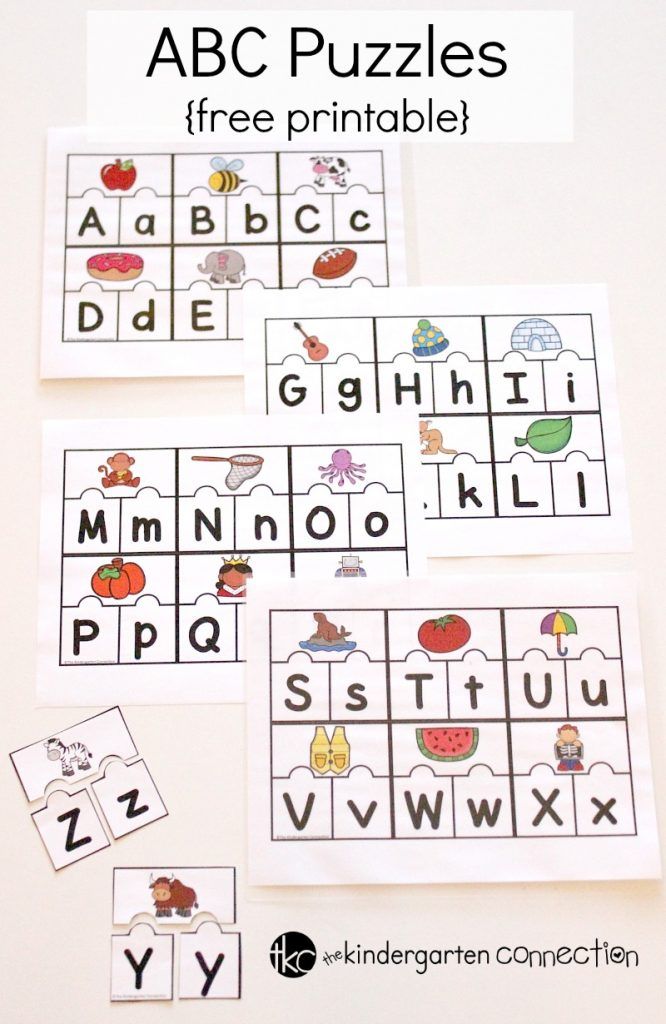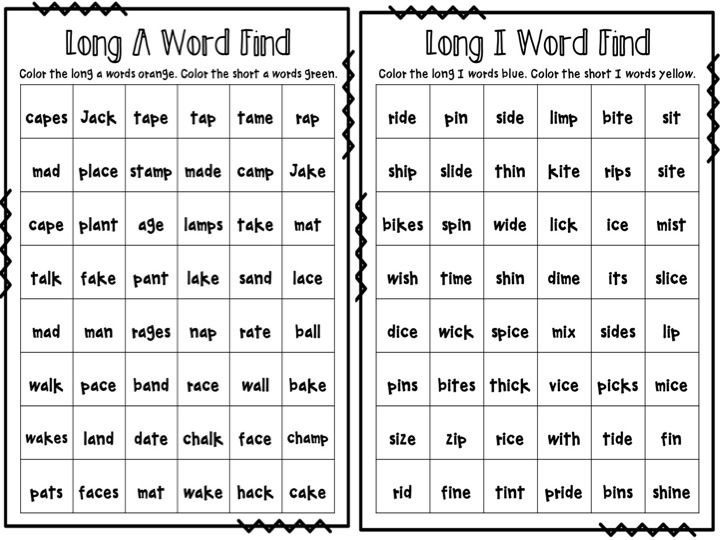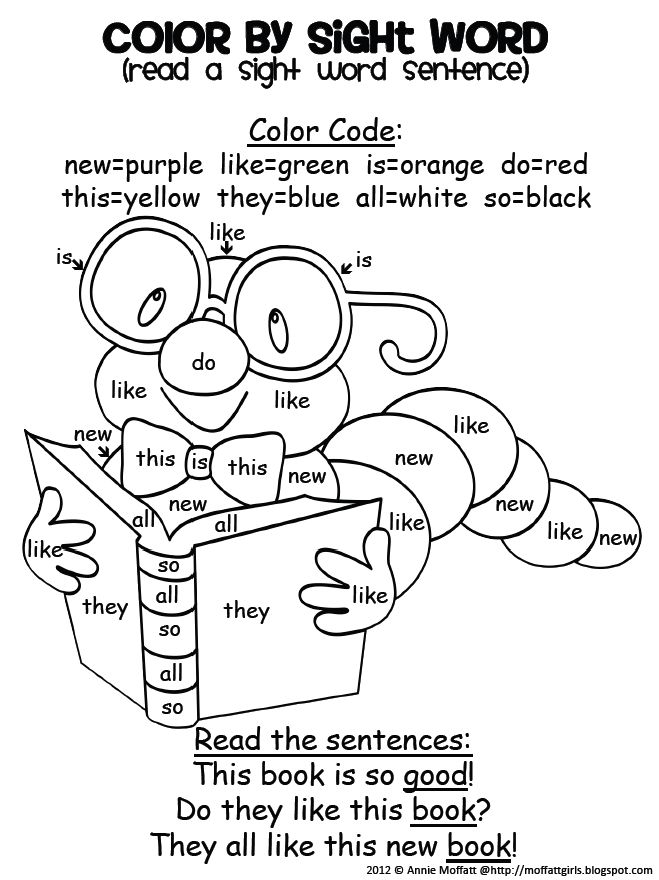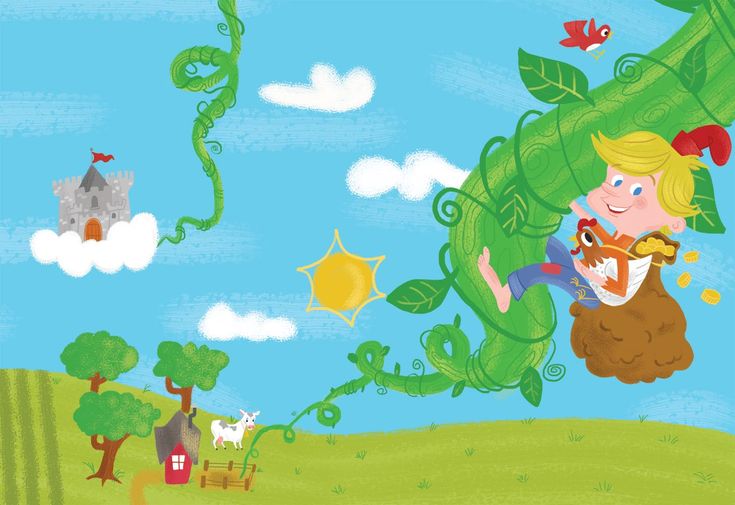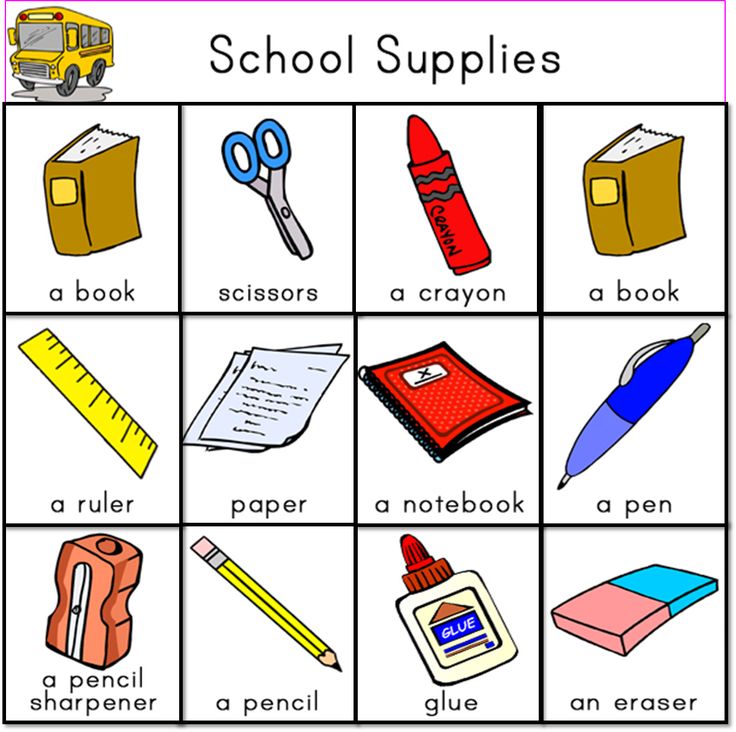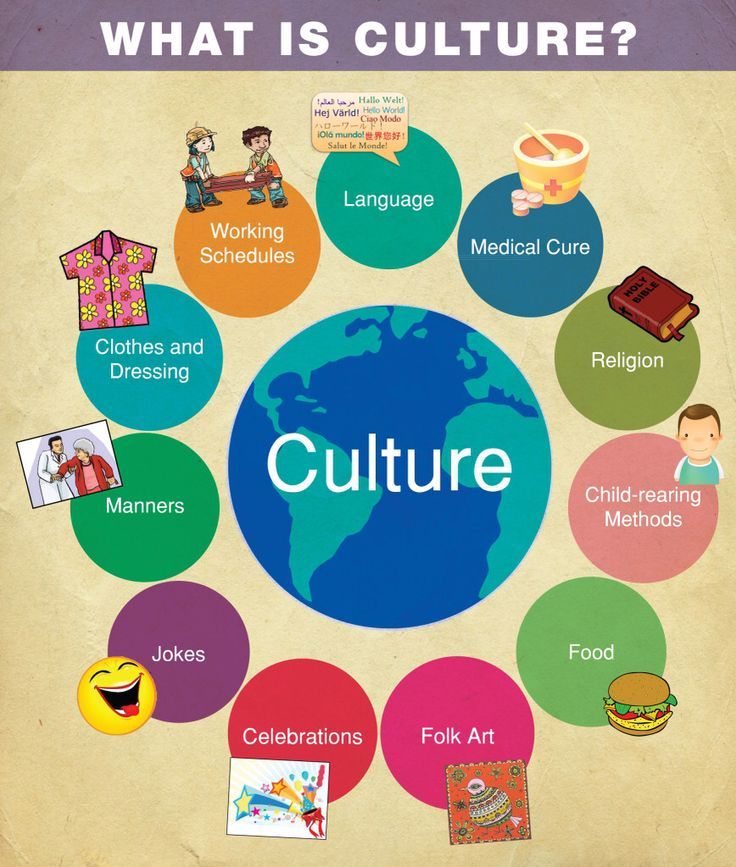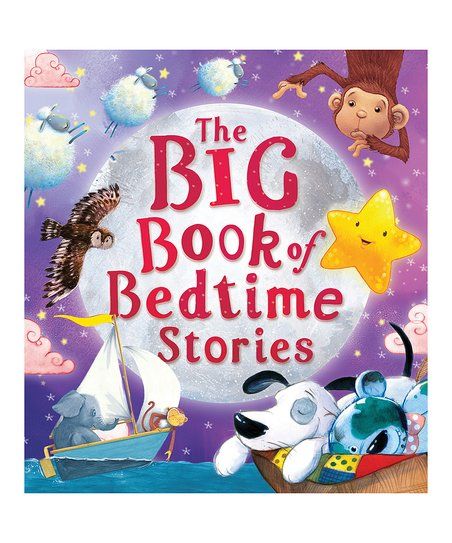Emergent literacy activities for toddlers
Emergent Literacy Activities
This post may contain affiliate links. See Disclosure for more information.
Emergent literacy is the term used to describe the reading and writing experiences of young children before they learn to write and read conventionally. Playing with letters and words, listening to stories, and exploring books are all ways to boost literacy in early learners. Here are seven fun and effective emergent literacy to use in the preschool classroom.
1. Oral Language: Chip Clip Poems
A great way to develop oral language and comprehension is by singing and playing rhyming games. Chip Clip Poems are a fun way to practice those skills (with bonus skills of counting, numbers, addition, and subtraction!). When oral language is presented in a natural, playful way through songs and fingerplays, the concept is both fun and appropriate for preschool students.
2. Rhyming: Puzzle Pieces
Rhyming is an essential pre-reading skill in English. Research shows that children that can rhyme read much more quickly and easily. Conversely, research shows that one of the red flags for reading disabilities is the inability to rhyme early on. Students need lots of experience with and exposure to rhymes – in books, songs, games, and more. Puzzles are a great way to start practicing rhyming because not only do the words rhyme, but the shapes match up and help those that are still learning.
Phonemes refer to individual sounds that make up words. The most important words to start with in preschool are the student names. Names are a springboard for all literacy learning. When presented in a song, students hear the sounds of their name and begin to recognize their name in print.
4. Sentences: Word Replacement
Young students are just beginning to understand the difference between letters, words, and sentences. Doing word replacement activities helps them segment spoken sentences into a series of individual words.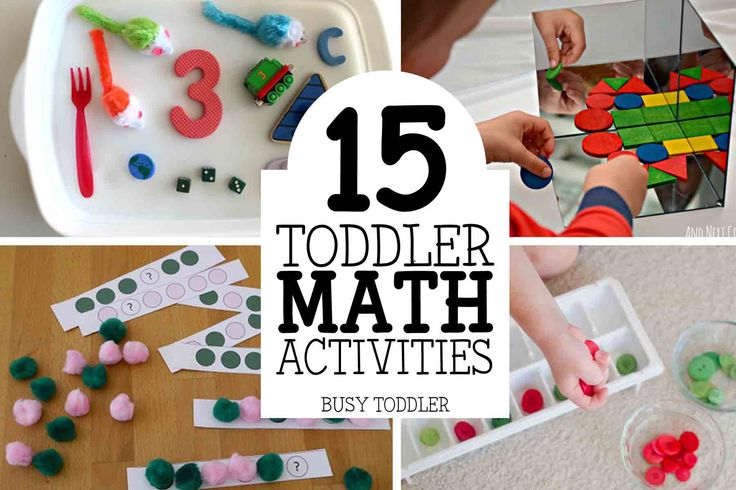
5. Syllables Sorting
Research has proven that the speed with which a child learns to read correlates to how much phonological awareness they receive before and during formal reading instruction. Syllable splitting skills progress toward the end of the phonological awareness spectrum. Clapping hands to segmented words is a great way to practice recognizing syllables.
6. Concepts of Print: Pocket Chart Activity
Developing Concept of Word is the #1 watershed event for emergent readers that leads them right into becoming beginning readers! The goal is to have students point to each word as they read with one-to-one matching. It is important to remember the main focus is not to have the students sound out or spell the words. If the emergent reader stumbles on a word, tell them the word and encourage them to move on.
7. Alphabet Knowledge: Peek-A-Boo Game
Preschool children need LOTS of exposure to letters in order to master the alphabet.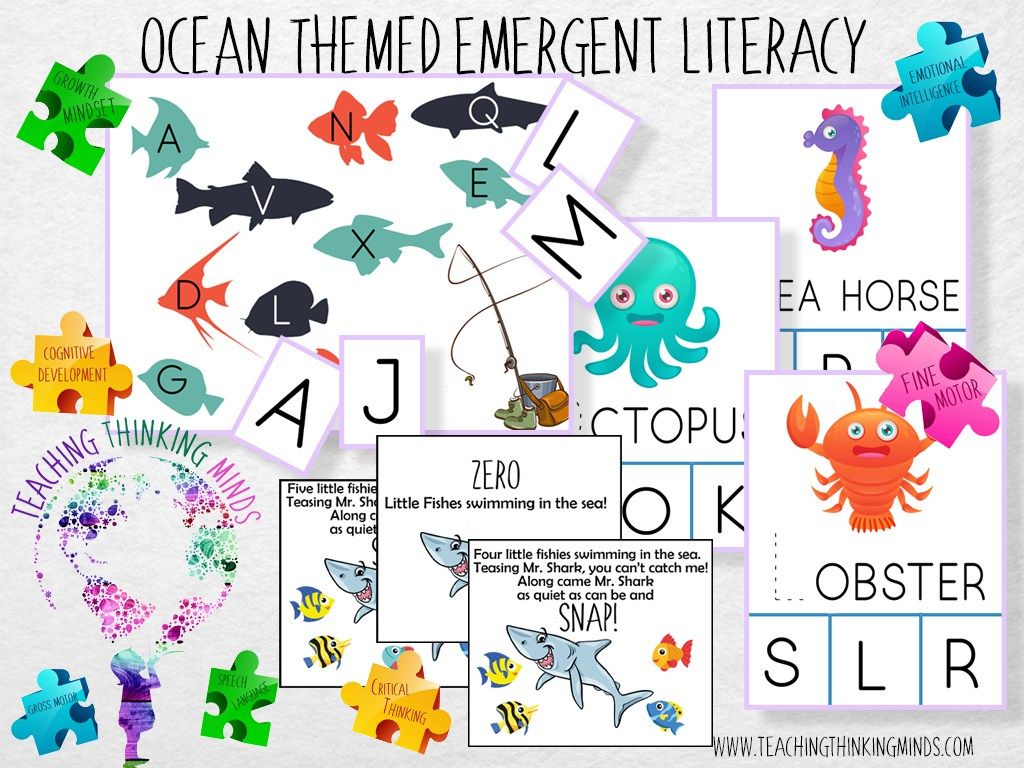 As the alphabet is made up of similar lines and curves, students must be able to discriminate from one letter to the next visually. Peek-A-Boo games like this one encourage students to focus on those lines and curves and their placement to guess the letter.
As the alphabet is made up of similar lines and curves, students must be able to discriminate from one letter to the next visually. Peek-A-Boo games like this one encourage students to focus on those lines and curves and their placement to guess the letter.
More Resources on Emergent Literacy
- Some fascinating research on Emergent Literacy from Save the Children – long but definitely worth a read!
- Information about Emergent Literacy for students with special needs from the American Speech-Language-Hearing Association.
Print all 7 activities pictured above in this handy eBook:
Are you a teacher?
FREE Emergent Literacy eBook
Download your free Emergent Literacy eBook!
After you subscribe, you will be redirected to the FREE eBook. We respect your privacy. Unsubscribe at any time.
Filed Under: Learn to Read, Literacy
You May Also Enjoy These Posts
Binoculars Craft for Preschoolers
12 Fun Preschool Painting Ideas: Exploring Different “Brushes”
Reader Interactions
Emergent Literacy Activities for Preschoolers and Kindergartners
Read below for a look at early literacy and a variety of emergent literacy activities for preschoolers and kindergartners.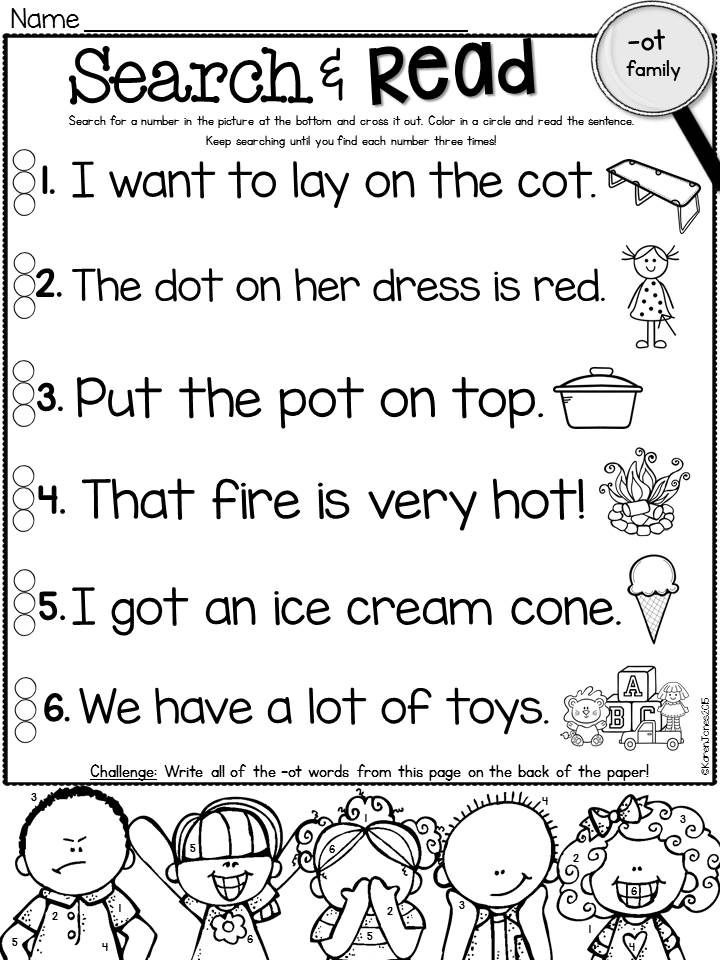 These activities will help you plan as you prepare young children to learn to read.
These activities will help you plan as you prepare young children to learn to read.
Related: St. Patrick’s Day Beginning Sounds
If you’re a regular reader of Fun-A-Day, you already know I’m passionate about early literacy. If you’re new here, come on in and join the discussion.
Based on many conversations with parents and fellow educators, I wanted to delve deeper into the world of beginning reading and “reading readiness”. Throughout a variety of posts, I’ll be taking a look at important factors that help young children learn to read in real, meaningful, and age-appropriate ways.
Table of Contents
What is Reading Readiness Anyway?Reading readiness is a term that’s often bandied about in early childhood education. For some reason, it sounds scarier than it really is (probably because it’s fraught with the implication of non-readiness).
Basically, it’s the point at which a child is ready to read. When she’s ready to take all of her pre-reading knowledge and apply it to learning how to read printed words.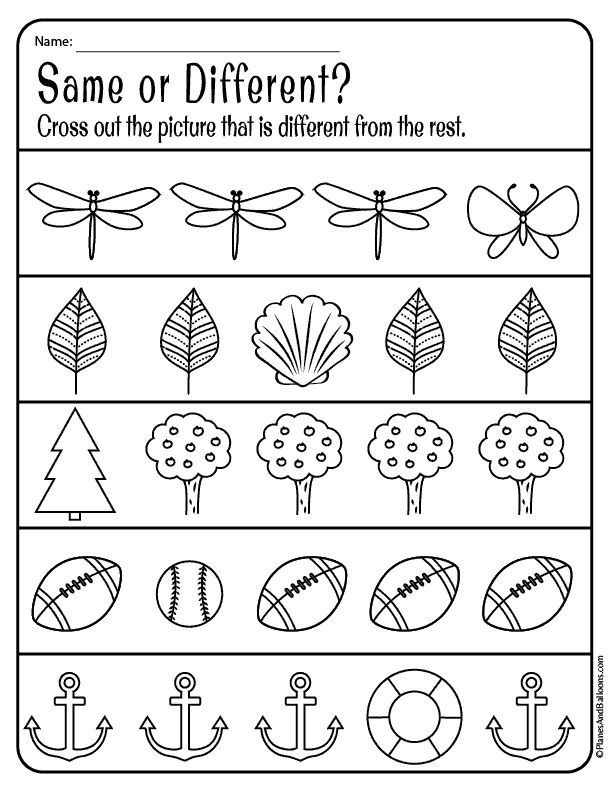
There is so much she has to learn prior to being ready, though!
Please keep in mind that each individual child is ready to read on her own terms – there’s not one magical age or time that applies to every single child.
How Can I Teach Emergent Literacy Skills in Meaningful Ways?
Well, I’m glad you asked! As I mentioned above, I want to answer this exact question with the Ultimate Guide to Learning to Read series!
Since early literacy is a massive topic, I’ll be breaking it down piece by piece. I’ll share a specific concept, explain its importance, and share ways to teach it to children.
Topics will include phonological awareness, book and print awareness, the alphabetic principle, etc. The goal is to explore the elements of early literacy and then share real, hands-on emergent literacy activities for preschoolers and kindergarten kids.
The Ultimate Guide to Learning to Read
Below are all of Fun-A-Day’s emergent literacy activities, all in one handy-dandy place.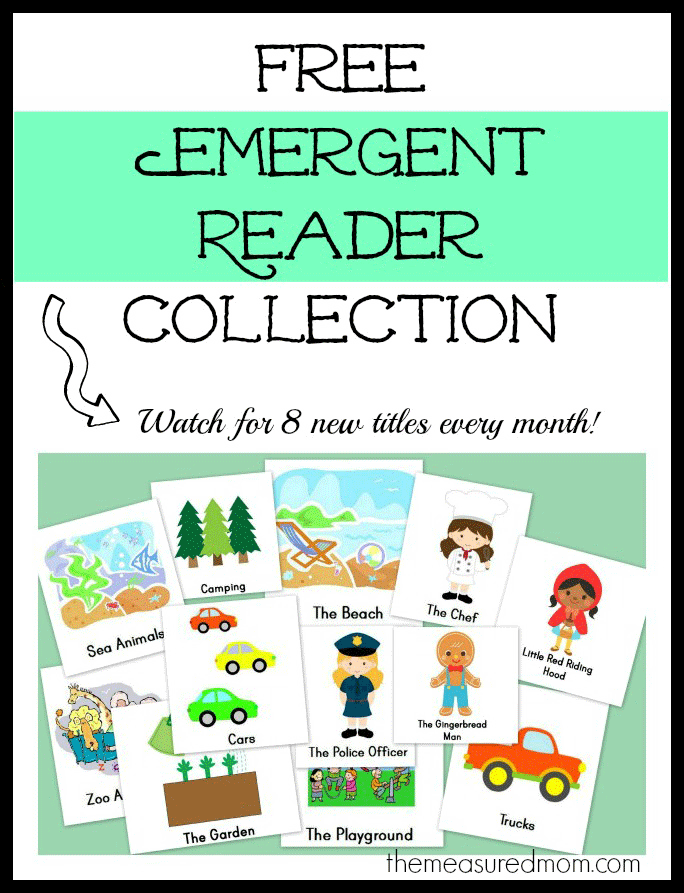 You’ll find many ideas for teaching emerging reading skills for preschool.
You’ll find many ideas for teaching emerging reading skills for preschool.
Be sure to check back, as I’ll be updating this page as more activities and ideas are shared! As time goes on, I’ll be sure to break the activities down by categories. That way you can find just what you’re looking for.
RHYMING ANCHOR CHART – A simple but effective way to introduce the concept of rhyming.While you’re waiting for the series to fill out, here are some related posts to read:
- Teaching children about letters
- Why kids need to look at the pictures as they learn to read
- 10 activities to teach beginning sounds and letters
- 15+ name activities for preschoolers
- Twinkle, Twinkle, Little Star rhyming activity
- Word walls in preschool and kindergarten
What emergent literacy activities and topics are you interested in learning more about? I would love to hear what would benefit you, so please email me or simply leave a comment below.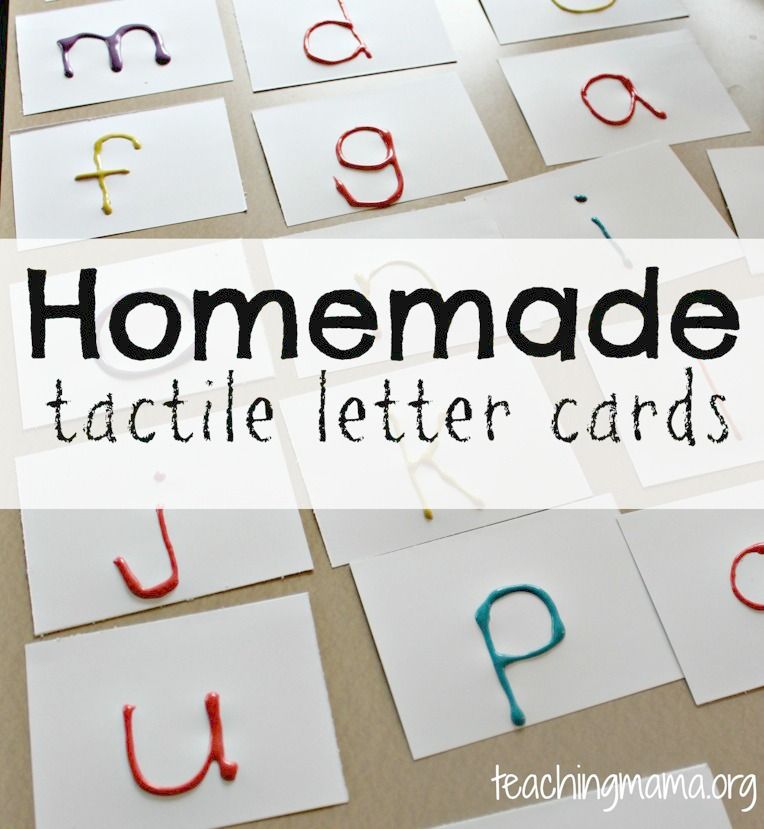
The entire reason this series began is because I want to work with other teachers, parents, homeschooling families, and teachers-in-training!
Be sure to hop over to Still Playing School and read what Devany has to say – Early Literacy: The Ultimate Guide to Learning to Read.
Hands-On Preschool MaterialsIt is imperative that we keep our classrooms stocked with materials that will give our students the hands-on learning experiences that they love (and need!). There are a few specific things that I always keep on-hand in my classroom. Check them out in the list below.
I may get commissions for purchases made through links in this post.
- Crayons
- Glue
- Blocks
- Puzzles
- Safety scissors
- Dramatic play items
- Magnetic letters
- Math manipulatives
- Dry erase markers
- Sensory items
- Play dough
- Craft supplies
- Playground balls
- Music and movement tools
- Books, books, and more books!
When it comes to preschool, this list is really just skims the surface of the wide variety of materials that can be used.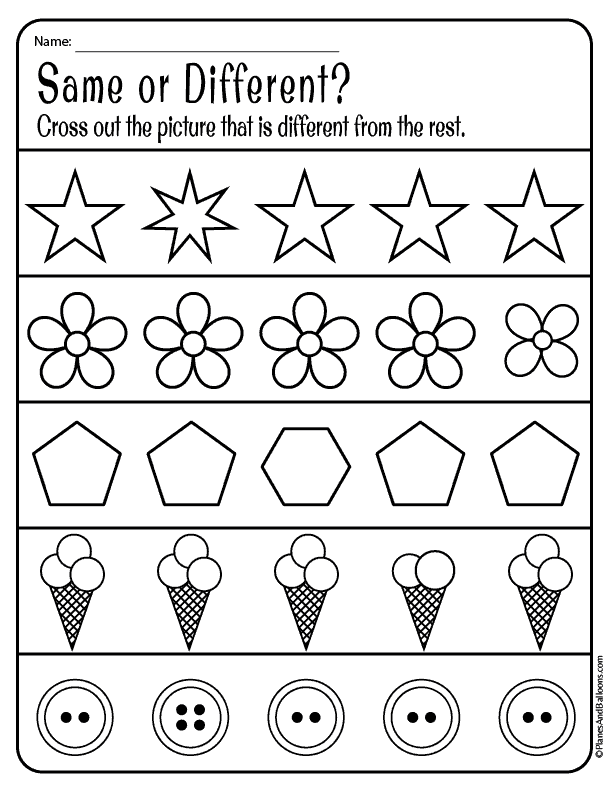 The best thing about this age group is that they learn the most while playing. So, whether they’re playing on the playground, building with blocks, or creating a masterpiece, rest assured that the children are learning so many important skills, all while having fun!
The best thing about this age group is that they learn the most while playing. So, whether they’re playing on the playground, building with blocks, or creating a masterpiece, rest assured that the children are learning so many important skills, all while having fun!
Planning meaningful lessons for students week after week, all while balancing other teaching responsibilities and a personal life, can be a daunting task. That’s where Preschool Teacher 101 comes in to save you time!
Preschool Teacher 101 is excited to share with you some amazing lesson plans, activity packs, and much more! We offer a wide variety of themes that are frequently used in preschool classrooms, as well as some less common (but super interesting) themes. Click on the images below to learn more about some of my favorite literacy product offerings!
I Spy ABC Scavenger HuntsAlphabet Puzzles: Letters & SoundsAlphabet Sorting MatsJoin The Pack from Preschool Teacher 101 today for exclusive access to our amazing products. And we even have three different membership options to suit your needs!
And we even have three different membership options to suit your needs!
a selection of games and materials for development and recreation
For parents and children: a selection of games and materials for development and recreationEng
Help fund-
-
About fund
- nine0005
- nine0029
-
Competitions
- nine0008
- nine0005
Modern education
Inclusive environment
- nine0005
Together
Library
Filter
Reset
Financial literacy for children News
Teaching the basics of economic knowledge should start already in kindergarten.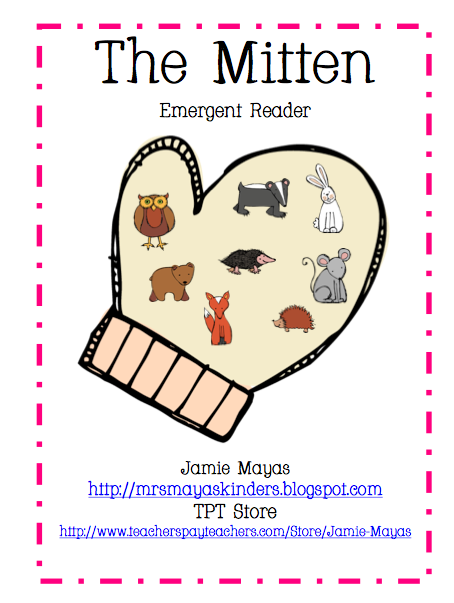 In the process of role-playing games, teach children to make shopping lists, to determine what is “desired” and what is “necessary” from purchases. Pay attention to the work of sellers and cashiers, explain how the price of your favorite sweets is formed and why they cannot be taken from the store counter for free. nine0003
In the process of role-playing games, teach children to make shopping lists, to determine what is “desired” and what is “necessary” from purchases. Pay attention to the work of sellers and cashiers, explain how the price of your favorite sweets is formed and why they cannot be taken from the store counter for free. nine0003
On a separate page we have collected all the books and games that will help organize a fun and useful game in a kindergarten group or at home. And below we offer you TOP-3 favorite children's games for the formation of the foundations of financial literacy among preschoolers.
Playing "Shop"
What do you need?
- toy money (coins and banknotes)
- cash register nine0005 shopping basket or bag
- goods (toys or toy products)
One child from the group plays the role of a seller, the rest of the children play the role of buyers.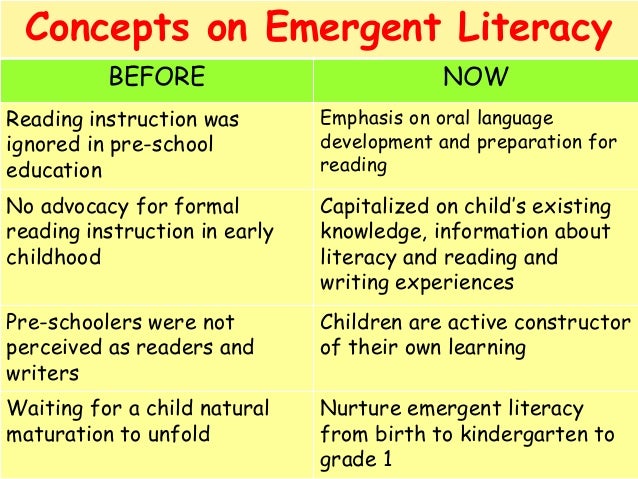 Change roles during the game - let everyone try to be a seller. For older preschool children, you can make the game more difficult:
Change roles during the game - let everyone try to be a seller. For older preschool children, you can make the game more difficult:
- make shopping lists before going to the store nine0005 plan the amount you can spend in the store
- use toy banknotes of different sizes and introduce the concept of "change"
- Involve children in the creation of promotional material that is placed in the store
- distribute the roles: let someone be the cashier, let someone lay out the products in the window, someone set the price
Role-playing game "BANK"
For the game, a special corner should be equipped in the room where the bank will be located. You will need:
- toy cash register
- toy ATM
- game bank cards
- toy money (bills and coins)
- safe nine0005 Pens or pencils and sheets of paper (Schematic forms of bank documents can be printed in advance for play)
Scenarios for this game can be completely different.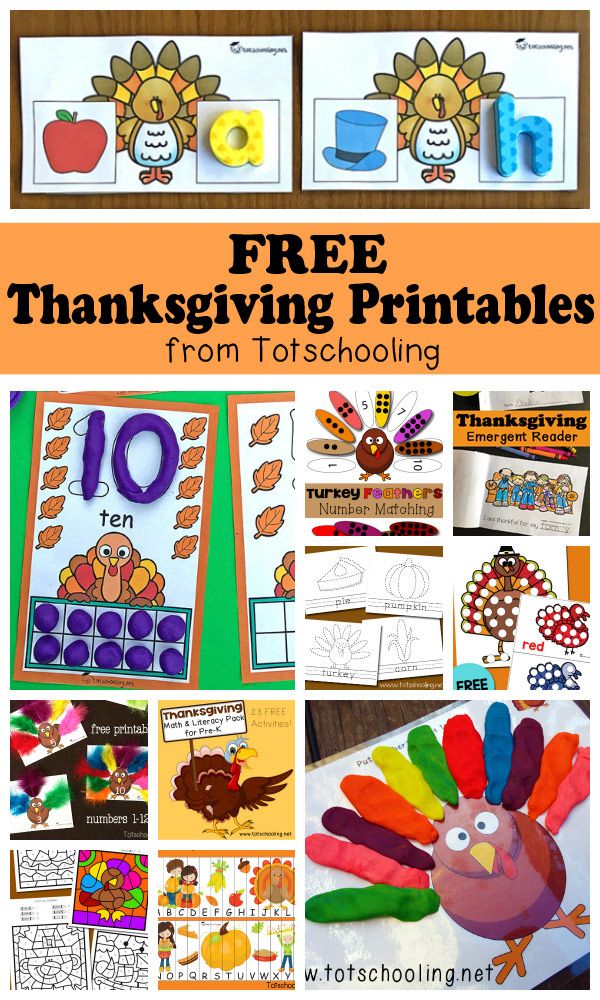 Before starting the game, tell the children how money is stored and received, how customers are served.
Before starting the game, tell the children how money is stored and received, how customers are served.
And then we distribute the roles and start the game:
- learn how to use an ATM and dial the pin code
- draw up a bank card, deposit money into the account, withdraw it
- we transfer money
- pay utility bills and so on
Let the guys change roles, trying themselves in the image of a bank employee or his client.
Wish-need game
Give each child in the group two cards, one blue and one red. The blue card will be responsible for the “desired”, and the red one for the “necessary”. nine0003
➜ Ask the children if they understand the difference between these concepts? What goods, in their opinion, are necessary in everyday life, and what we would like to have? Then ask the kids to listen carefully to your question and hold up a blue or red card depending on the product category.


